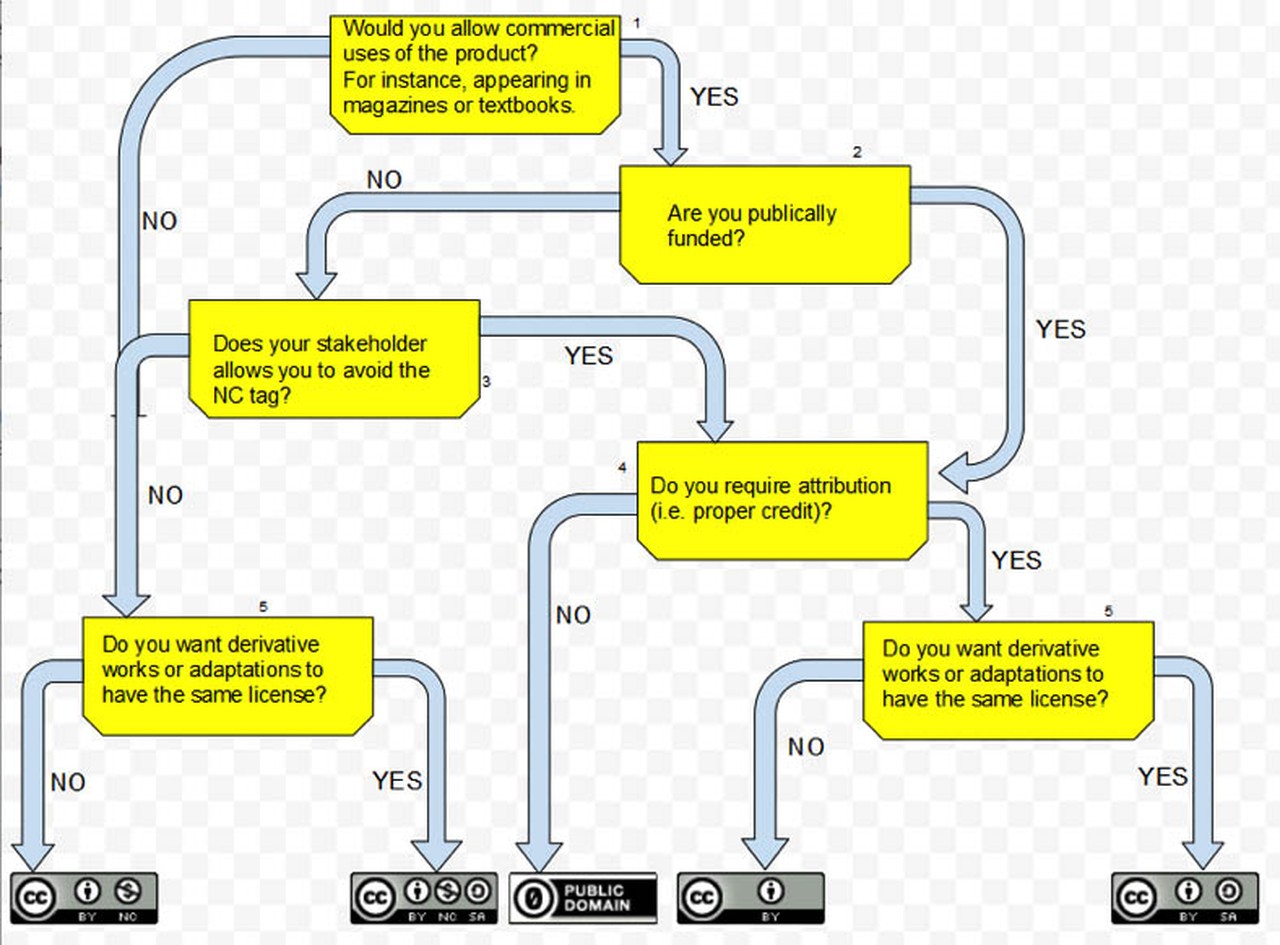
Pablo Martínez Agulló, a physics student from Spain, has been collaborating with UNAWE since July 2016, when he was granted with a scholarship for the Leiden/ESA Astrophysics Program for Summer Students (LEAPS), at Leiden Observatory, Leiden University, in the Netherlands. The focus of his research during this summer was Science Communication: Licenses for Education and Public Outreach Products. He also contributed to the paper Temporal Sentiment Analysis of Ambition the film (K. Börner et al.). He has obtained his physics bachelor’s degree at Valencia University (Spain) and RWTH Aachen University (Germany) and is strongly interested in Science Communication.
Find below a summary of Pablo’s research
Science Communication:
Educational and Public Outreach Licenses
By Pablo Martínez Agulló
What is science communication?
Science communication is a professional field of science that generally refers to public communication presenting science-related topics to non-experts. It is a bridge between scientific community and the wider world. But this is an ambiguous term because, depending on which model (paradigm) of science communication is used, Science Communication could have different aims. The area of work of this field is quite wide and it comprises formal education, informal education, public outreach, press support and branding support.
Three science communicating models are presented: [1]
- Science Literacy (SL)
Based on a deficit model, the society has a lack of knowledge and the science communicator have to fix it. In this case, the communicator-scientist has to inform about the scientific facts (but not about the way those facts are discovered or the reason why they work in that way). This is a one way communication focused on augmenting public knowledge of scientific topics
- Public Understanding of science (PUS)
This model is pretty similar to Scientific Literacy, the public is considered ignorant too and the scientific communicator has to teach people. This is still a one way communication focused on augmenting public knowledge of scientific topics. The main difference between SL and PUS is the content. In the former the scientific facts and results are the information content and in the later a focus on the understanding of the scientific enterprise, including the processes and uncertainties, is done.
- Public Engagement with Science (PES)
The aim of this model is to engage people rather than teaching them. While in SL and PUS the public is a simple receiver of knowledge without a say in the process, in the PES model a dialogue between scientist and people is hold. The public is engaged in the scientific reasoning and in practical aspects of science. This is seen as a way to control and manage public opinion.
What is EPO?
Science outreach, also called Education and Public Outreach (EPO or E/PO) or simply public outreach, is an umbrella term for a variety of activities by research institutes, universities, and institutions, aimed at promoting public awareness, understanding and engagement with science and making contributions to science education.
Education: The teaching and learning of knowledge, skills, and cultural beliefs through formal (in school) or informal (self-directed) activities.
Public Outreach: Activities that generate awareness and interest and may also support education.
What is an EPO product?
Knowing the meaning of EPO, for understanding what is an EPO product we just need to define product. In the Oxford English Dictionary we have several entries:
- Math: Any of various other entities obtained by certain defined processes of combination of two or more entities.
- That which results from the operation of a cause, or is produced by a particular set of circumstances; a consequence, effect.
- An object produced by a particular action or process; the result of mental or physical work or effort.
- The value of goods produced, esp. in a particular place or over a particular period.
- An article or substance that is manufactured or refined for sale.
As can be seen, almost any output could be considered a product. Therefore, an EPO product is any output that can be used with educational purposes or that intent to engage/inform the public.
Some examples of EPO Products are: Text books, teacher training, undergraduate courses, educational programmes at planetaria, museums, libraries, parks, museum exhibits, observing trips (eclipses, comets…), star parties, planetarium shows, IMAX movies, public talks, hands-on demos, TV/Radio documentaries, podcasts, magazine articles, popular books, webchats, weblogs, cultural/scientific events, photo releases, popular brochures, press releases, press conferences, media interviews, media courses for scientist, exhibition booths, technical brochures, newsletters annual reports, posters, postcards, merchandise (pins, stickers, caps, t-shirts, bookmarks, mugs…), etc. [2]
What is a license?
The in laws, a license is a contract in which a person or organization has the rights of use, share, distribute, study and modification of a good. Typically those goods are non-tangible or intellectual. A shorthand definition of a license is "an authorization (by the licensor) to use the licensed material (by the licensee)." Being the licensor the party who grants the license (e.g. Copyright) to the other party, the licensee, as an element of agreement between those parties.
A licensor may grant a license under intellectual property laws to authorize a use (such as copying software or using a (patented) invention) to a licensee, sparing the licensee from a claim of infringement brought by the licensor. [3]
The licenses are typically limited to a term and territory.
What is Copyright?
A legal right that grants the content creator exclusive rights for its use and distribution. The copyright holder can grant the rights for its use and distribution to others through a license.
A copyright exists the moment a work is "fixed", rather than requiring registration. The only way to avoid the Copyright is by explicitly renouncing to it or when the product falls into the public domain (term and territory limitations).[4]
What is a Creative Commons license (CC)?
It is a specific type of license that allows the products to be freely shared. There are several types of copyright licenses with different features but they are all characterized for its openness. CC is designed to maximize the availability of the works.
Which are the different types of CC licenses?
The CC licenses are combinations of the different features that are shown: [5]
Attribution (BY): All CC licenses require that others who use your work in any way must give you credit the way you request, but not in a way that suggests you endorse them or their use. If they want to use your work without giving you credit or for endorsement purposes, they must get your permission first.
ShareAlike (SA): You let others copy, distribute, display, perform, and modify your work, as long as they distribute any modified work on the same terms. If they want to distribute modified works under other terms, they must get your permission first.
NonCommercial (NC): You let others copy, distribute, display, perform, and (unless you have chosen NoDerivatives) modify and use your work for any purpose other than commercially unless they get your permission first.
NoDerivatives (ND): You let others copy, distribute, display and perform only original copies of your work. If they want to modify your work, they must get your permission first.
Which licenses are used by scientific organizations?
|
Organization |
License for audiovisual |
|
ESA |
Copyright (Rosetta NAVCAM: CC BY-SA 3.0, Space images: like CC BY-NC-SA) |
|
NASA |
Mostly Open Domain |
|
CERN |
CC-BY-SA |
|
ESO |
CC BY 4.0 |
|
NOAO |
Copyright (for EPO is still ©but works like CC BY-NC-SA) |
|
NAOJ |
Copyright (for EPO is still ©but works like CC BY-NC-SA) |
|
JAXA |
Copyright (for EPO is still ©but works like CC BY-NC-ND) |
|
ISRO |
Copyright |
|
NAOC |
Copyright |
|
ASC CSA |
Copyright (works like CC BY-NC-SA) |
|
Gemini |
Copyright (for EPO is still ©but works like CC BY-NC) |
|
LCOGT |
CC BY 2.0 |
|
TMT |
CC BY |
|
SKA |
CC BY 3.0 (SKA Africa is © but for EPO works like CC BY) |
|
LSST |
Not specific info but seems to be quite open |
|
EUMETSAT |
Copyright |
(In green the ones that allow commercial use)
References
[1] P. Russo - A brief introduction to Communicating Astronomy with the Public (LEAPS Lecture on 7th July 2016)
[2] L. L. Christensen – The hands-on guide for Science Communicators, Springer (2007)
[3] R. Raysman, E. Pisacreta and K. Adler - Intellectual Property Licensing: Forms and Analysis, Law Journal Press
[4] Berne Convention for the Protection of Literary and Artistic Works (1886)
[5] https://creativecommons.org/share-your-work/licensing-types-examples/
How to choose a license?













